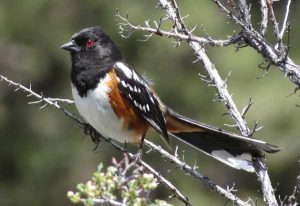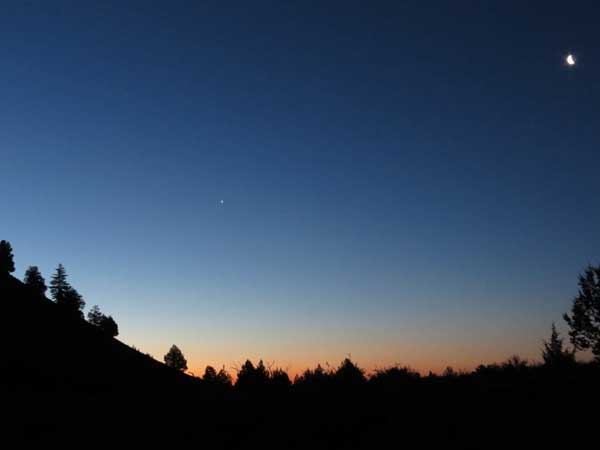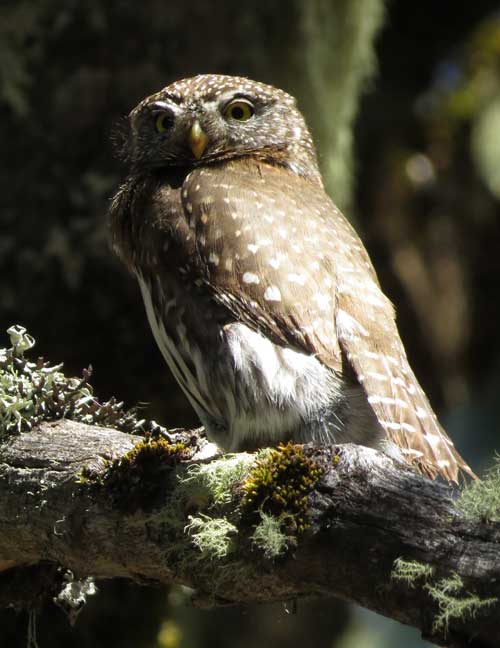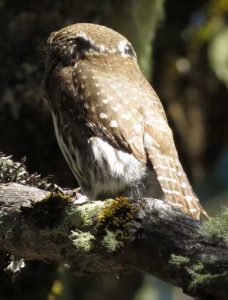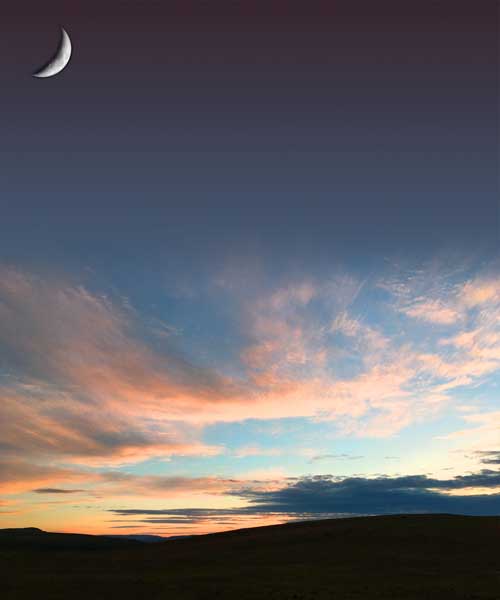It’s not all a bed of roses out there. (Well there are roses but they too have thorns.)
- Rain that can chill to the bone.
- Wind that will drive you insane.
- Sun so intense you swear you are melting.
- Bushes intent on tearing off your clothes.
- Terrain so rough you need to duct tape your boots.
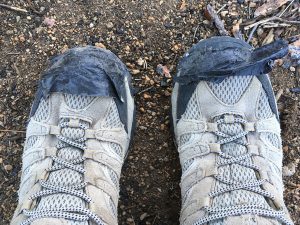
- Joints and other body parts that scream at the end of the day, “What are you doing to us?”
- Squirrels caught in your fan belt (very dead and very oderous).
- Mice trying to get into your vehicle (best trick is to drive down a bumpy road ASAP and hope you bounce it out).
- Socks and shoes so stinky they want to walk away from themselves.
- Clothes so stiff from dirt and sweat they could pose as scarecrows without propping.
- Insects seen and unseen wanting your blood.
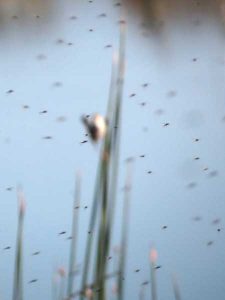
midges with marsh wren in background - Bugs so thick your camera focuses on them instead of bird you are aiming at.
- Poisonous plants that can make you scratch for days.
- Cold food that should be hot; hot food that should be cold.
- Broken or lost eyeglasses leaving you feeling like Mr. Magoo.
- A slow leak in your air mattress leaving you on the cold ground around 2am.
- A small hole in your tent that only a mosquito can fit through — and of course does.
Is it all worth it? Must be because I keep coming back to it.


